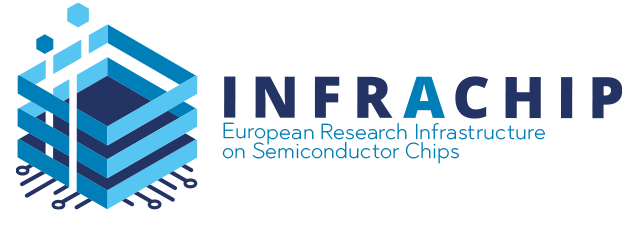Electrospinning
About
All in one elctrospinning equipment.
Description
Electrospinning is a fabrication technique used to produce fine fibers, typically on the nanometer to micrometer scale, from a polymer solution or melt. It works by applying a high-voltage electric field to a liquid droplet, causing a charged jet to eject and stretch toward a grounded collector. As the jet travels, the solvent evaporates (in the case of solutions), and solid fibers are deposited. This method allows precise control over fiber diameter and morphology. Electrospun fibers are widely used in applications such as tissue engineering, filtration, drug delivery, and nanocomposites.
Technical specifications:
- Testing speed range: 0.05 to 1000 mm/min
- Repeatability of speed: ± 0.2 % of set speed.
- Repeatability of displacement measurement: ± 0.02 mm or 0.15% of displacement (whichever is greater).
- Tension/Compression S-Beam Load Cell, Capacity 100 N
- Repeatability of force measurment: ± 0.5% of reading down to 1/200th of load cell capacity / ± 1.0% of reading down to 1/500th of load cell capacity
- Additional Accessory
- Coefficient of Friction Fixture
- 90 Degree Angle Peel Fixture
Case study:
An energy harvesting system is developed on a stretchable textile. To evaluate the change in the elastic modulus on the deposition of the piezoelectric material is evaluated. In addition, the strain dependent charge generation is measured so that the apparent piezo-coefficient for this type of excitation is determined.
Access Provider / Facilities




